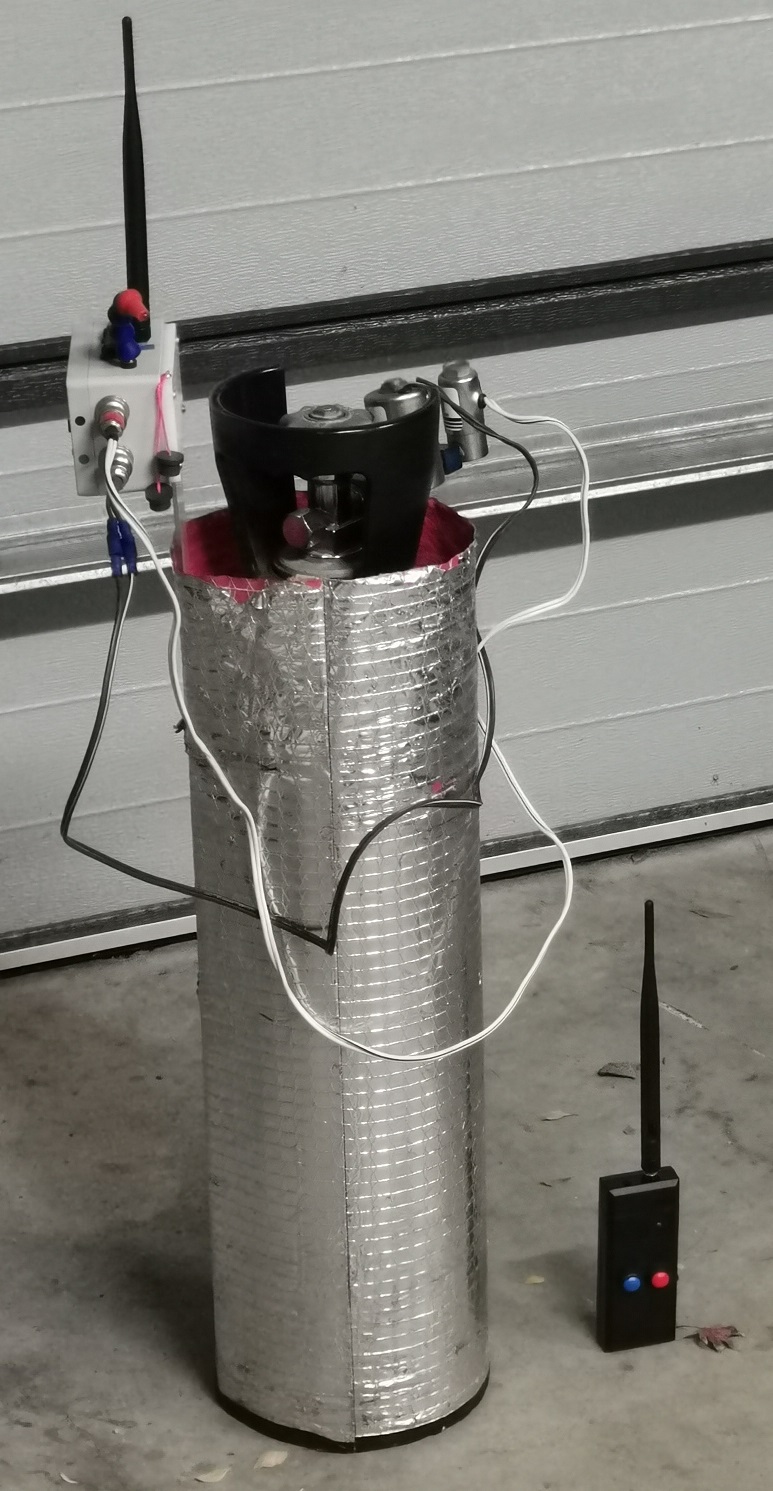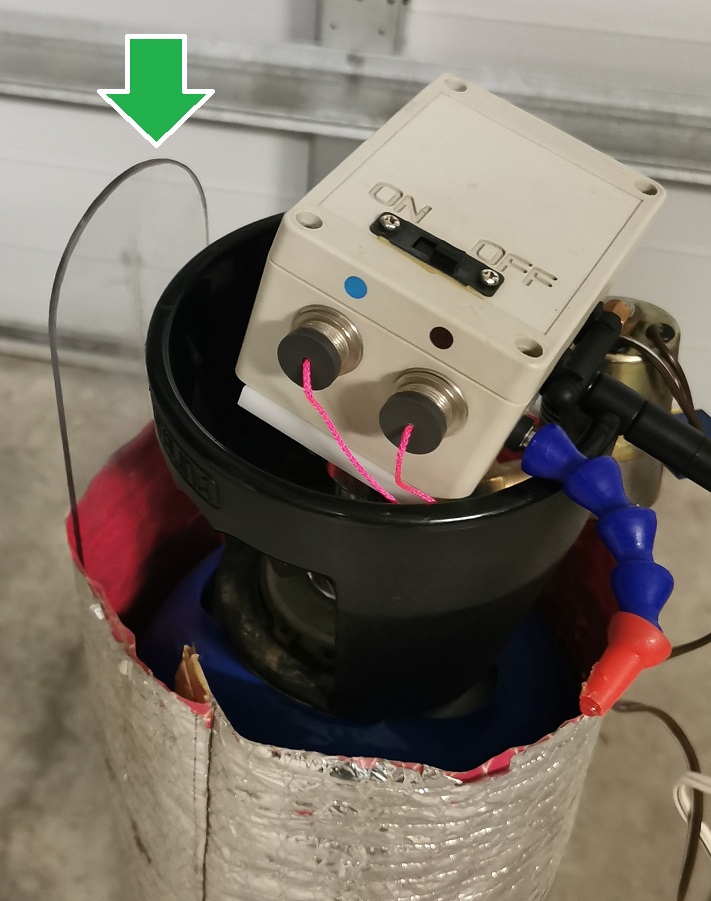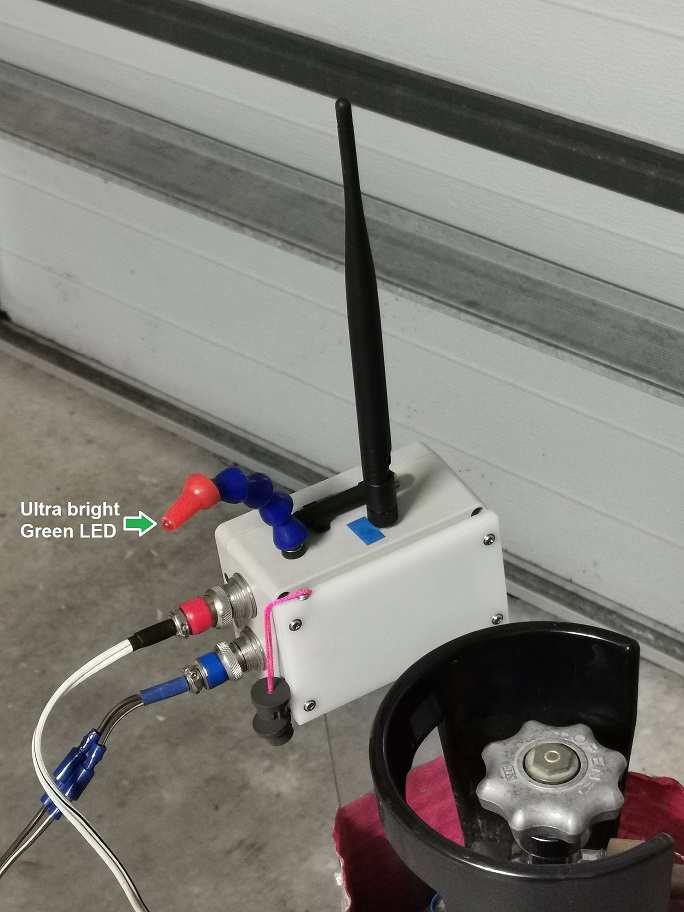kramer714
Well-Known Member
- Joined
- Jan 20, 2009
- Messages
- 1,163
- Reaction score
- 626
I have been using a wired hybrid GSE for years. Dragging cables isn't really much fun, A few years ago I made a wireless interface box for my hybrid setup, it worked ok ,but really not a true wireless system.


I decided to do a totally new hybrid wireless system from scratch. The system has;


I decided to do a totally new hybrid wireless system from scratch. The system has;
- 1KM wireless range
- relays for fill, vent, and fire
- independent relay for arming (2 degree redundancy)
- Solenid Saver RC Circuit for fill and vent
- Internal battery for control box
- external battery for pad box
- manual control of fill and vent from pad box (really important feature)
- volt meter in both boxes
- 12v dry cells for both boxes
- 4DI 4DO 433 MHz system Eletechsup N4RFA04
- https://www.ebay.com/itm/195749225648 (also available on Amazon)












